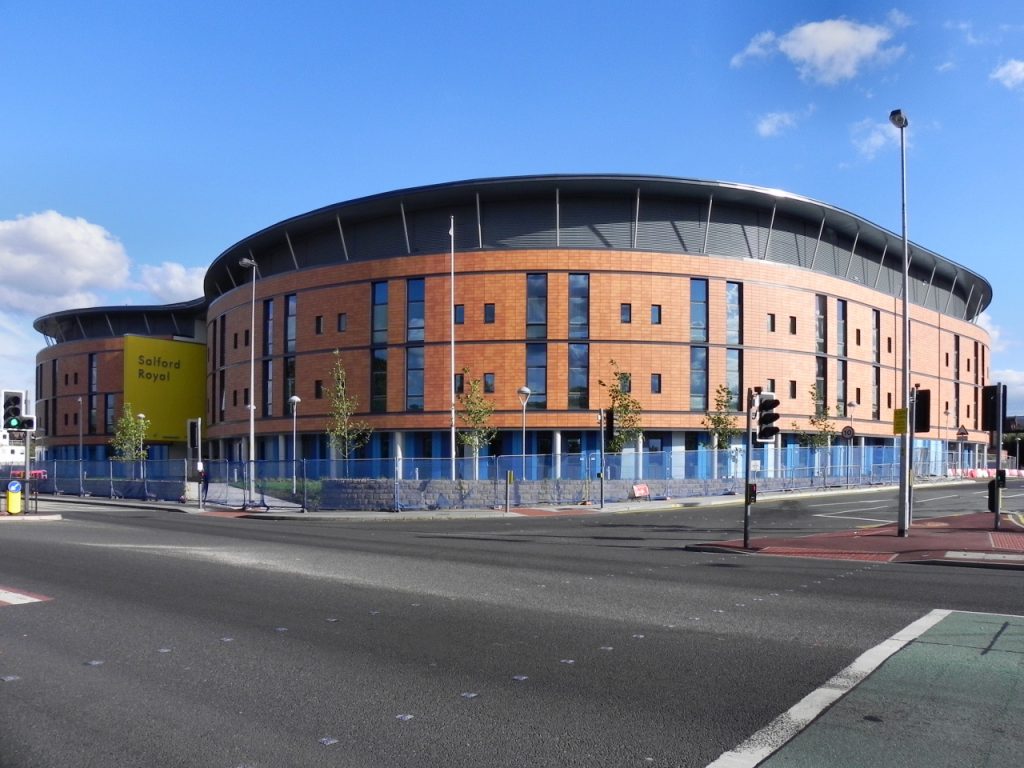
Work has been carried out on Salford Royal Hospital to remove a dangerous type of concrete that is prone to sudden failure as it ages.
As part of a government drive to remove reinforced autoclaved aerated concrete (Raac) – a lightweight material used in public buildings between the 1960s and 1980s – from NHS buildings across the county, Salford Royal has had the material removed.
Once favoured for use in construction projects for its lightweight and thermal properties, it has been discovered that the substance has a lifespan of 30 years, and its rapid deterioration can cause buildings to collapse.
Concerns around the safety of Raac prompted a nationwide inspection of schools, hospitals, courtrooms and other structures, with risks identified at dozens of locations. In 2023, government ministers ordered more than 100 schools to shut following the discovery of the material.
A scheme has been in place since 2021 to manage and remove Raac from the NHS England estate, to which £1.3 billion has so far been allocated.
Simon Corben, NHS England director of estates, said: “Keeping patients and staff safe is always our top priority, and we have been working closely with trusts to manage Raac safely and ensure the continuation of services while this essential work is taking place.
“The completion of these latest projects is a positive step, giving staff confidence that they can continue delivering care in safe environments – and we will keep working with trusts to complete the programme across the NHS estate at pace.”
The Government has pledged to remove Raac from every NHS building in England by 2035.













Recent Comments